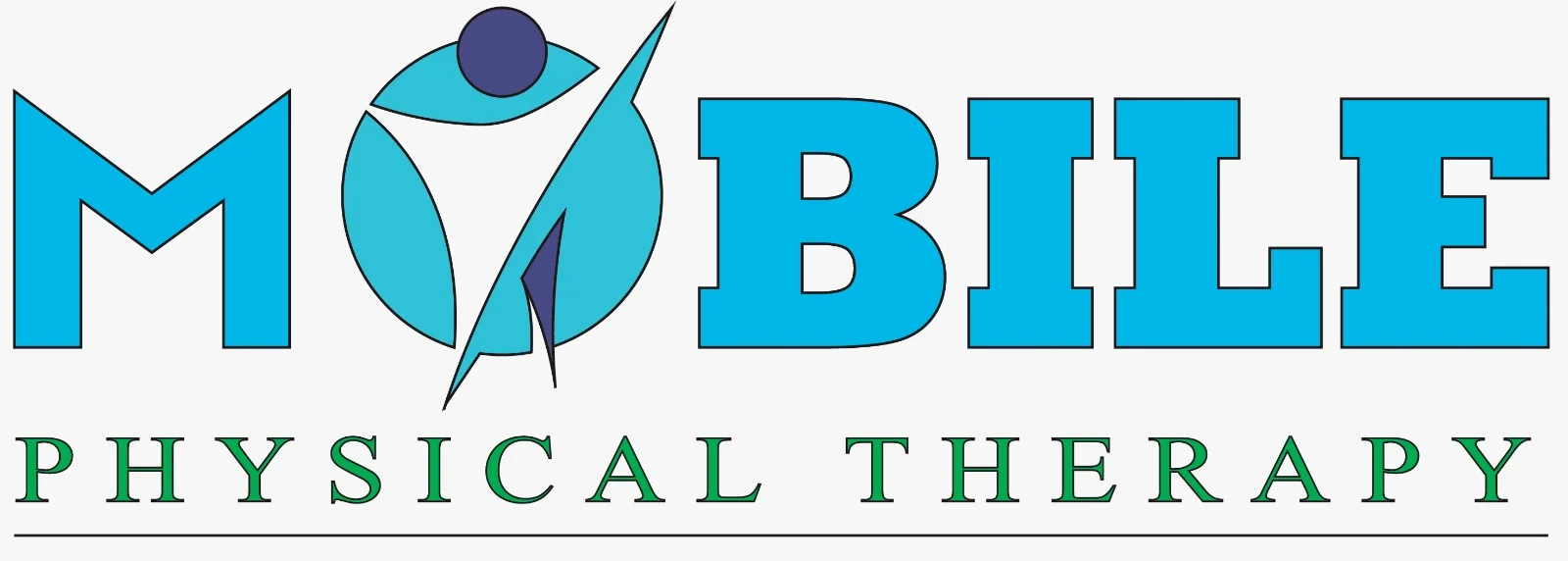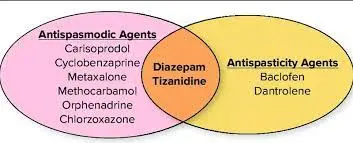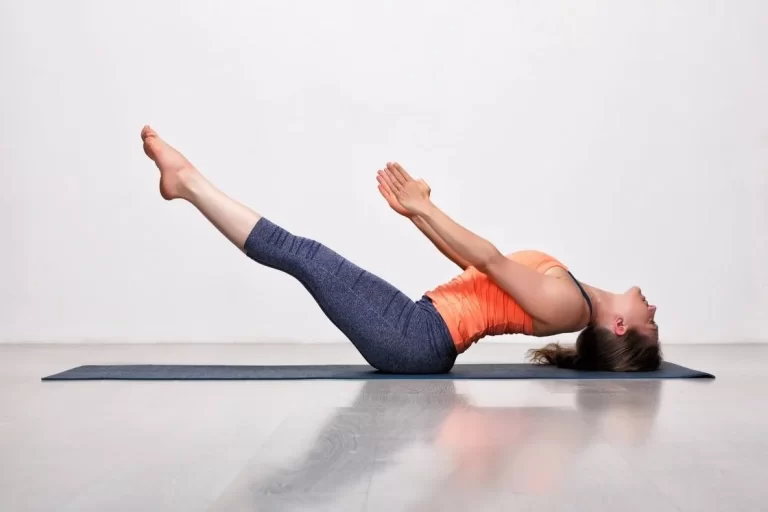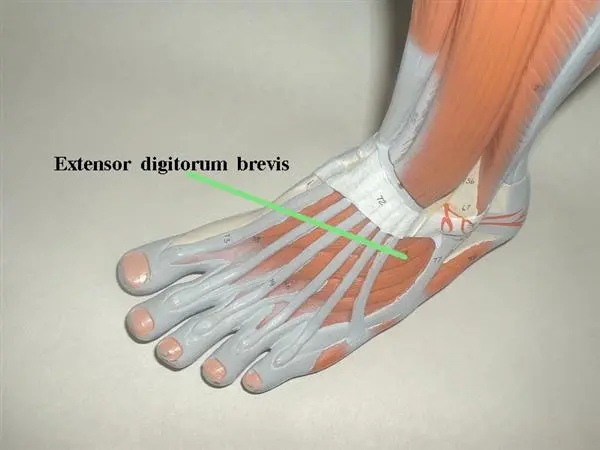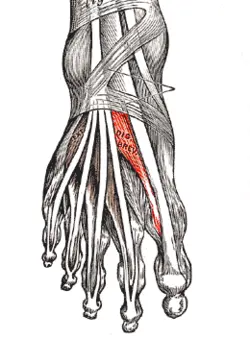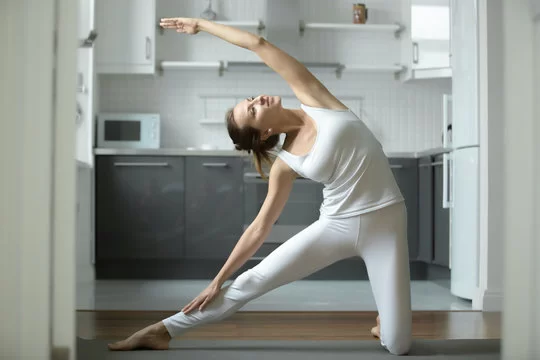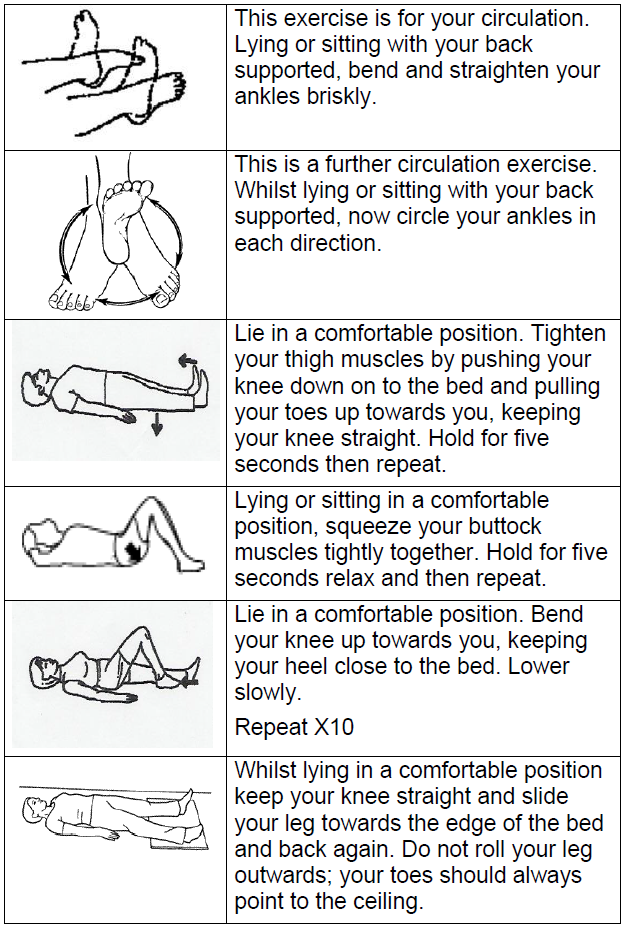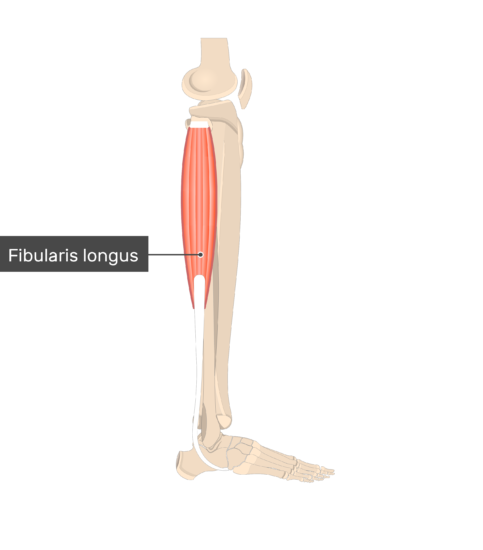Antispasticity Drugs
Introduction Antispasticity drugs are medications used to treat spasticity, which is a condition characterized by muscle stiffness, involuntary muscle contractions, and abnormal muscle tone. Spasticity is a neurological condition characterized by muscle stiffness, involuntary muscle contractions, and exaggerated reflexes. It is commonly associated with conditions that affect the central nervous system, such as multiple sclerosis,…
